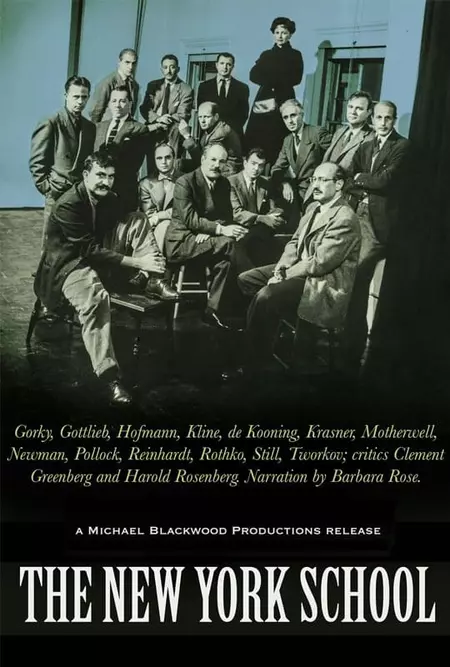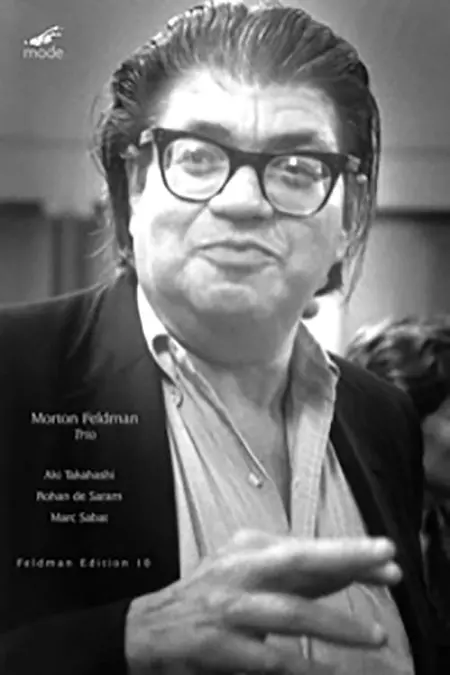Biography
(No Information)
Filmography
all 8
Movies 8
self 2
Self - composer
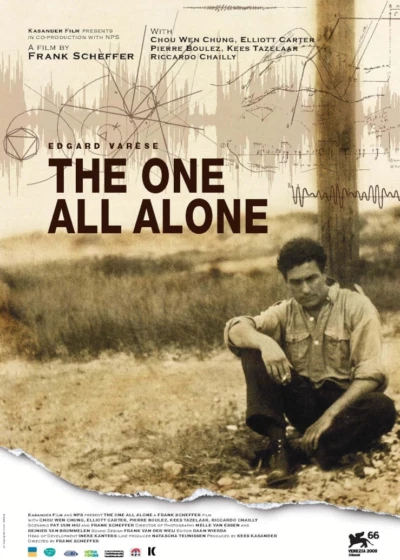
Varese, the One All Alone (2009)
Movie
Music
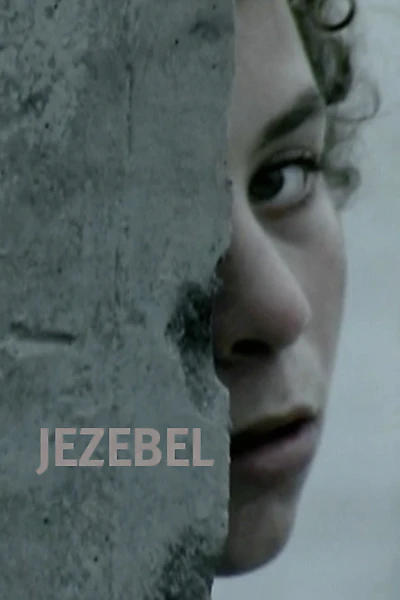
Jezebel (2006)
Movie
Composer

Time of the Locust (1966)
Movie
Composer
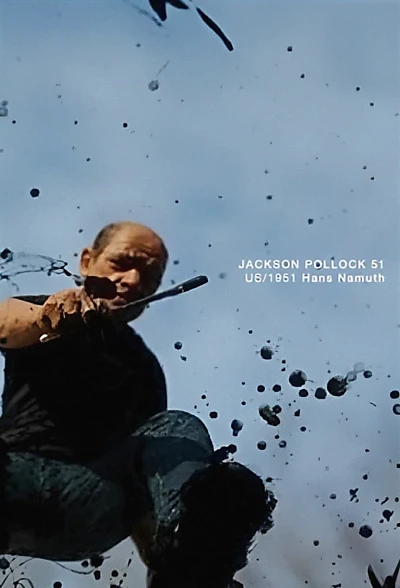
Jackson Pollock 51 (1951)
Movie
Information
Known ForSound
GenderMale
Birthday1926-01-12
Deathday1987-09-03 (61 years old)
Birth PlaceNew York City, United States
ReligionJudaism
Height72-inch
RelationshipsBarbara Monk (1987 - 1987)
Spousehttp://www.wikidata.org/.well-known/genid/981abd3cdb3176c842b26c60cbfecba2
CitizenshipsUnited States
AwardsArts and Letters Award in Music, Guggenheim Fellowship
This article uses material from Wikipedia.
Last updated:
 Morton Feldman
Morton Feldman- Filmography
- Information

